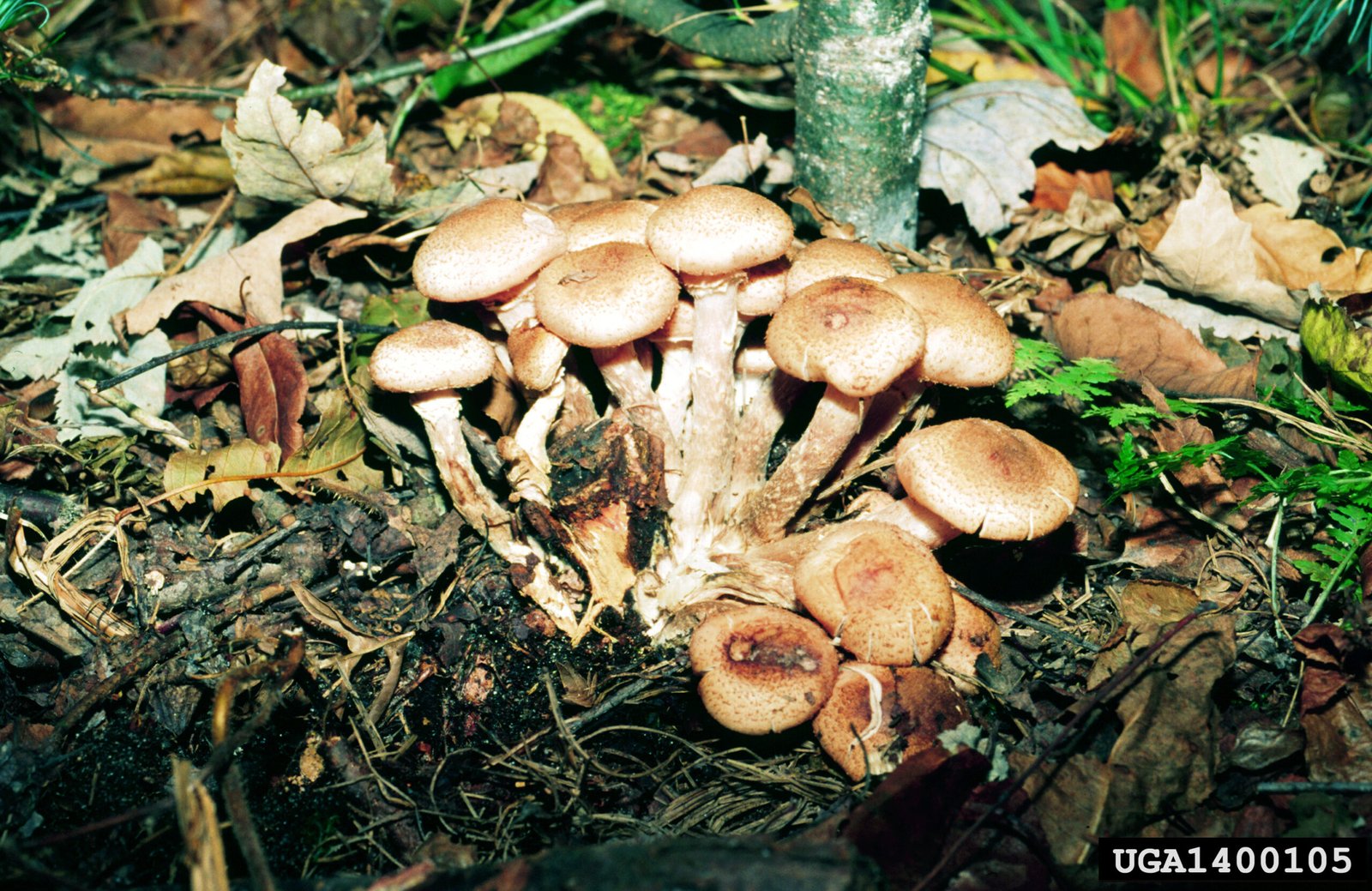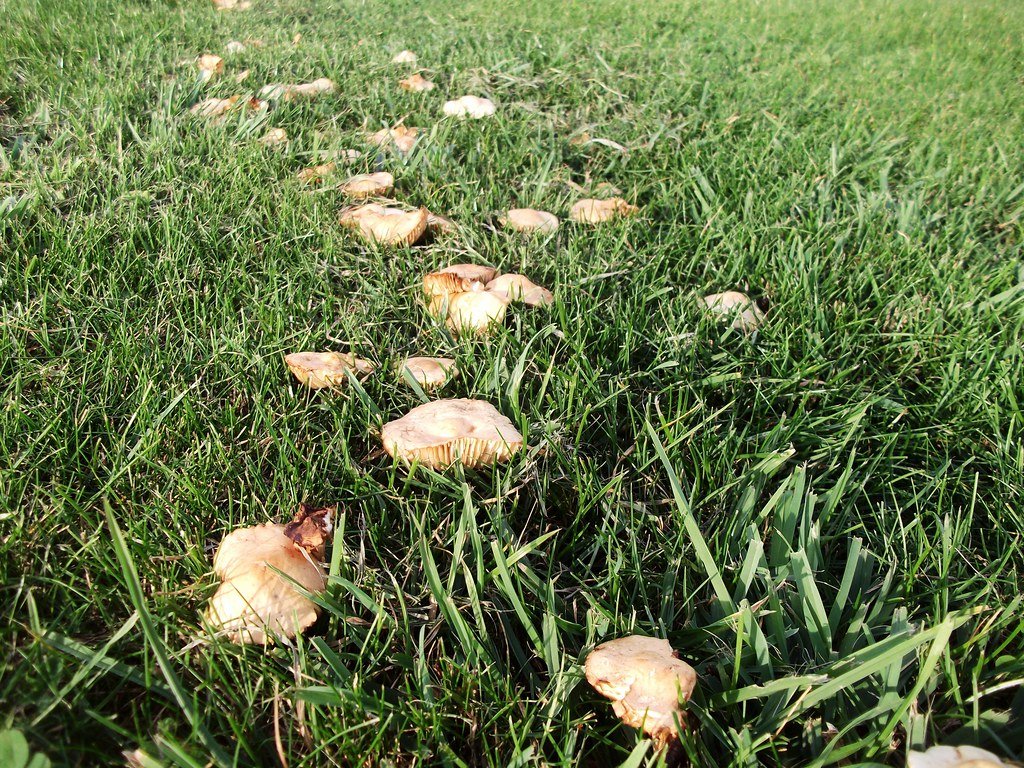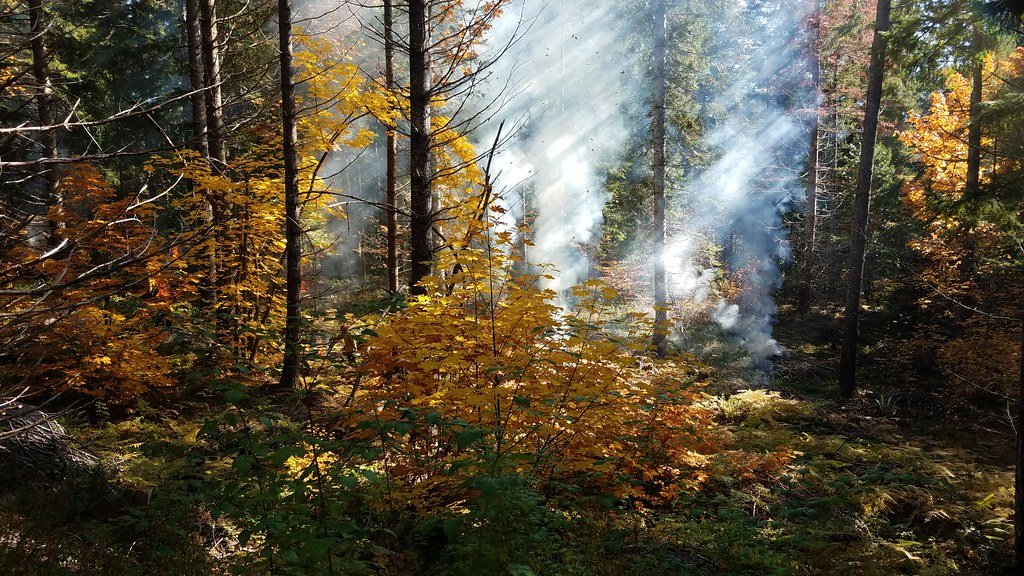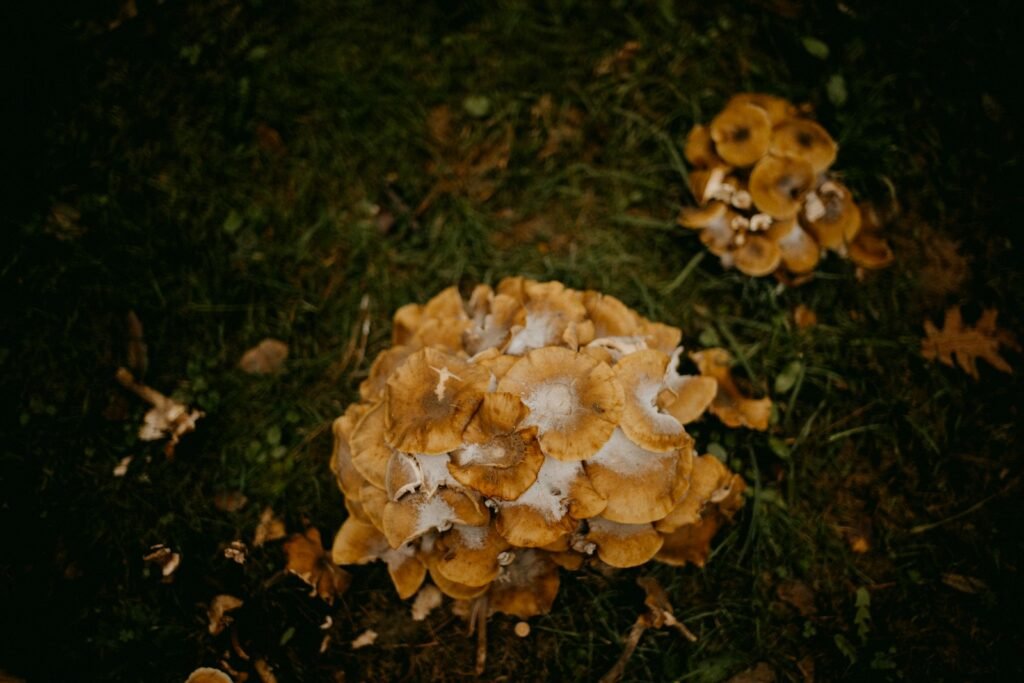Picture this: beneath your feet, as you walk through a forest, millions of conversations are happening. Trees are sharing resources, warning each other about dangers, and coordinating their survival strategies through an intricate network that puts our internet to shame. Welcome to the wood wide web, where fungi act as nature’s fiber optic cables, connecting plants in ways that would make Silicon Valley engineers jealous.
The Hidden Internet Beneath Our Feet

Scientists have discovered that forests operate like massive superorganisms, connected by thread-like fungal networks called mycorrhizae. These microscopic highways stretch for miles underground, linking trees, shrubs, and plants in complex communication systems. The fungi attach to plant roots, creating partnerships that have existed for over 400 million years.
What makes this discovery so shocking is the sheer scale of these networks. A single handful of forest soil contains more fungal connections than there are people on Earth. These networks can span entire continents, with some fungal individuals covering thousands of acres and living for centuries.
Nature’s Original Social Network

Plants use these fungal networks to send chemical signals to their neighbors, much like we send messages through social media. When a tree is attacked by insects, it releases chemical distress signals through the fungal network, warning nearby trees to boost their defenses. This early warning system can save entire forest communities from devastating pest outbreaks.
The complexity of plant communication rivals human language in its sophistication. Trees can distinguish between their own offspring and strangers, sending more resources to their relatives through the network. They can even recognize different species and adjust their communication accordingly, like speaking different languages to different neighbors.
The Fungal Middlemen Making It All Possible

Mycorrhizal fungi are the unsung heroes of this underground internet. These remarkable organisms form symbiotic relationships with plant roots, trading nutrients for sugars in nature’s oldest economy. The fungi extend the reach of plant roots by up to 1,000 times, creating a vast underground web of connections.
There are two main types of mycorrhizal fungi: arbuscular mycorrhizae, which penetrate root cells, and ectomycorrhizae, which wrap around roots like a sheath. Both types serve as biological broadband, transmitting information and resources between plants at speeds that would impress any telecommunications company.
Chemical Messages That Save Lives

The chemical vocabulary of plants is surprisingly sophisticated, with different compounds conveying specific messages. When aphids attack a bean plant, for example, it releases volatile organic compounds that travel through the fungal network to warn neighboring plants. These chemical SOS signals trigger defensive responses in nearby plants, including the production of toxic compounds that make them less appealing to attackers.
Some plants can even send false alarms, manipulating their neighbors’ defenses to gain competitive advantages. This biological warfare demonstrates that plants are far from the passive organisms we once thought them to be.
Resource Sharing Among Forest Friends

Perhaps most amazingly, plants actively share resources through their fungal networks. Larger, healthier trees often send carbon, nitrogen, and phosphorus to smaller or struggling neighbors. This isn’t mere altruism – it’s a survival strategy that strengthens the entire forest ecosystem.
During autumn, when deciduous trees lose their leaves and can’t photosynthesize, evergreen trees continue sending them nutrients through the network. This seasonal resource sharing helps maintain biodiversity and forest stability year-round, creating resilient ecosystems that can weather environmental challenges.
Mother Trees and Their Nurturing Networks

Forest ecologist Suzanne Simard coined the term “mother trees” to describe the largest, oldest trees that serve as network hubs. These botanical matriarchs can be connected to hundreds of other plants and play crucial roles in forest communication and resource distribution. They preferentially send resources to their own seedlings, ensuring the next generation’s survival.
When mother trees are dying, they dump massive amounts of carbon into the network, providing a final gift to their forest community. This dying surge of generosity can sustain the forest ecosystem for years after the mother tree’s death, highlighting the interconnected nature of forest life.
The Science Behind Fungal Communication

Researchers use sophisticated techniques to study these underground networks, including radioactive tracers, molecular probes, and advanced imaging technologies. They’ve discovered that fungal networks can transmit electrical signals, similar to nerve impulses in animals. These electrical communications can travel through the network faster than chemical signals, providing rapid-response communication for urgent threats.
Recent studies have revealed that fungal networks can even transmit RNA molecules between plants, potentially sharing genetic information and adaptive responses. This discovery suggests that the forest internet is even more sophisticated than previously imagined, capable of sharing not just resources and warnings, but actual survival instructions.
Stress Signals and Emergency Response

When plants experience drought, disease, or other stressors, they send specific distress signals through the fungal network. These SOS messages trigger community-wide responses, with healthy plants increasing their water and nutrient sharing to help stressed neighbors survive. The network essentially functions as an early warning system and mutual aid society rolled into one.
Climate change is putting new pressures on these communication systems, with extreme weather events disrupting fungal networks and plant communications. Understanding these stress responses is crucial for predicting how forests will adapt to our changing climate.
Recognition Systems in Plant Communities

Plants have evolved sophisticated recognition systems that allow them to identify relatives, strangers, and even specific individuals through chemical signatures transmitted via fungal networks. This plant recognition system is so advanced that trees can distinguish between their own species and others, adjusting their sharing behavior accordingly.
Some plants can even recognize and remember previous interactions with neighbors, developing long-term relationships that influence resource sharing and defensive cooperation. This plant memory system challenges our understanding of intelligence in the natural world.
Mycorrhizal Networks in Agricultural Systems

Modern agriculture is beginning to harness the power of fungal networks to improve crop yields and reduce the need for chemical fertilizers. Farmers are inoculating their fields with beneficial mycorrhizal fungi, creating artificial communication networks that help crops share resources and resist diseases.
Studies show that crops connected by mycorrhizal networks produce higher yields, use water more efficiently, and show greater resistance to pests and diseases. This biological approach to farming could revolutionize agriculture while reducing environmental impact.
Urban Trees and Fragmented Networks

City environments pose unique challenges for plant communication networks. Urban trees are often isolated from natural fungal networks, making them more vulnerable to stress and disease. However, recent research shows that even small patches of urban green space can maintain limited fungal networks that help trees survive in harsh city conditions.
Urban planners are now considering fungal network connectivity when designing green spaces, recognizing that connected trees are healthier and more resilient than isolated individuals. This biological approach to urban planning could create more sustainable and livable cities.
Seasonal Rhythms in Underground Communication

Fungal networks show distinct seasonal patterns, with communication intensity varying throughout the year. Spring brings a surge of activity as plants emerge from dormancy and begin sharing resources needed for new growth. Summer sees peak communication as plants coordinate responses to drought and pest pressures.
Autumn triggers a different type of communication as plants prepare for winter, with deciduous trees sending final resources to evergreen neighbors and fungal networks entering a more dormant state. Understanding these seasonal rhythms helps researchers predict how climate change might disrupt plant communication systems.
Threats to the Forest Internet

Human activities pose significant threats to fungal networks, with logging, agriculture, and development fragmenting these crucial communication systems. When fungal networks are disrupted, entire forest ecosystems can collapse, losing their ability to coordinate responses to environmental challenges.
Pollution, particularly nitrogen deposition from industrial activities, can alter fungal communities and disrupt plant communication. Climate change adds another layer of stress, with extreme temperatures and altered precipitation patterns affecting fungal survival and network integrity.
Breakthrough Technologies Revealing Network Secrets

Cutting-edge technologies are revolutionizing our understanding of fungal networks. Advanced DNA sequencing allows researchers to map entire fungal communities, while isotope tracing reveals resource flows through networks in real-time. New imaging techniques can visualize living fungal networks without disturbing them, providing unprecedented insights into their structure and function.
Artificial intelligence is now being used to analyze the complex patterns of plant communication, revealing communication strategies and network architectures that would be impossible to detect through traditional methods. These technological advances are accelerating our understanding of nature’s internet at an unprecedented pace.
Conservation Implications of Plant Communication

Understanding fungal networks is transforming conservation strategies worldwide. Protected areas are now designed to maintain connectivity between plant communities, recognizing that isolated patches of forest cannot sustain the complex communication networks that keep ecosystems healthy.
Restoration projects increasingly focus on rebuilding fungal networks alongside replanting trees, recognizing that successful forest recovery depends on reestablishing these underground communication systems. This network-focused approach to conservation is showing promising results in ecosystem restoration efforts.
The Future of Plant Communication Research

Scientists are only beginning to understand the full complexity of plant communication networks. Future research will likely reveal even more sophisticated aspects of plant intelligence, including potential learning and memory capabilities facilitated by fungal networks.
Emerging technologies like quantum sensors and advanced biotechnology may soon allow us to eavesdrop on plant conversations in real-time, potentially revolutionizing our understanding of plant intelligence and ecosystem functioning. The implications for agriculture, conservation, and our relationship with nature could be profound.
What This Means for Our Understanding of Nature

The discovery of plant communication networks challenges fundamental assumptions about intelligence, cooperation, and consciousness in nature. Plants, long considered passive organisms, are revealed to be active participants in complex social networks that rival any human community in their sophistication.
This research suggests that forests function as superorganisms, with individual plants serving as cells in a larger living system. This perspective shift has profound implications for how we interact with natural systems and could guide more sustainable approaches to land management and conservation.
The underground world of plant communication represents one of nature’s most remarkable achievements – a biological internet that has been operating for millions of years, facilitating cooperation, resource sharing, and survival strategies that put human networks to shame. As we face global environmental challenges, understanding and protecting these fungal highways becomes crucial for maintaining the health of our planet’s ecosystems. The next time you walk through a forest, remember that you’re standing above one of Earth’s most sophisticated communication networks, where every step connects you to conversations that have been going on since long before humans walked the Earth. What secrets might these ancient networks still be hiding from us?



